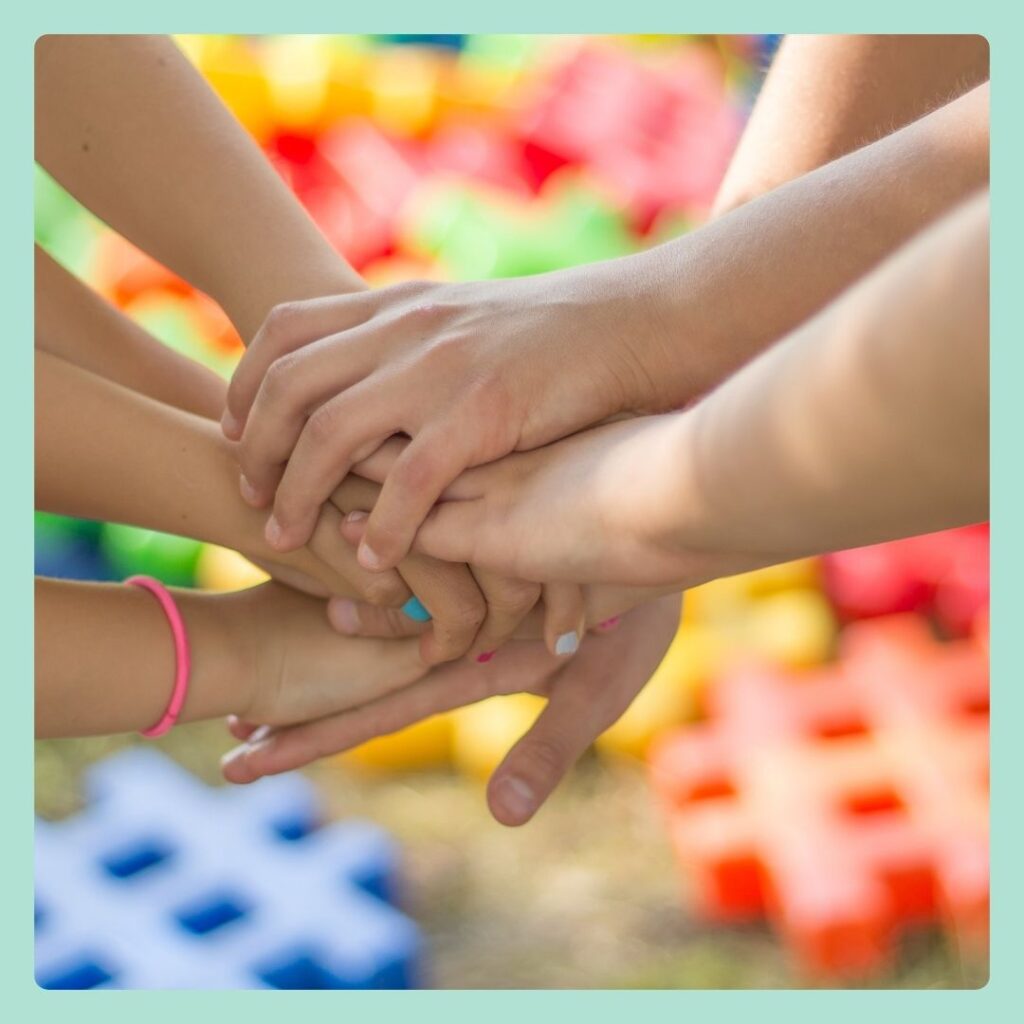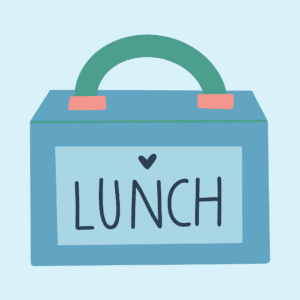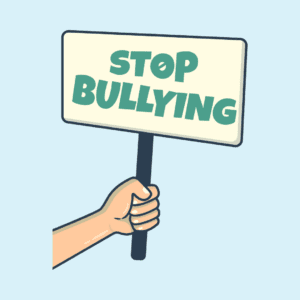I’m always excited about new fun school counseling activities that don’t involve worksheets and this post is all about my favorites! When I’m planning for my school counseling lessons, there are five things I keep in mind:
- Name the objective,
- Skip the worksheet,
- Chunk it into segments,
- Include partner or group work,
- Incorporate movement.
This sounds like a lot, but using cooperative learning activities in school counseling lessons makes it easy, fun, and effective. Enter: Kagan structures.
I was first introduced to cooperative learning structures my second year as a school counselor by catching some of our best teachers in action when I popped in to ask a question or as they were finishing up their lesson before I delivered mine. I quickly realized that these are some amazing strategies to engage students in counseling lessons too!
They have quickly become my go-to activities when lesson planning and the students don’t mind one bit if we repeat some of the same activities throughout the year; in fact, I think they go even better once they’ve had some practice with them!
Reasons Cooperative Learning Activities Rock:
Classroom management is twenty times easier when you’re encouraging talking and movement instead of discouraging it.
You can use them with almost any grade level.
They often provide the opportunity to discuss deeper ideas without the students being developmentally ready to handle a longer whole group discussion.
They work with nearly any topic or skill you want to teach.
No matter the topic, students will be practicing social skills because these activities all involve student interaction, meaning they have SEL embedded into them just by their cooperative nature.
They are super engaging, so the lessons are fun for you and the students!
There are tons of different cooperative learning structures that can be applied to school counseling; these are the four that make my heart go pitter patter and that I use all the time. I’m also going to link you to a FREEBIE at the end with more detailed directions for these and four more activities.
Ask-Ask-Switch
I must admit this is probably my most used cooperative learning activity. It starts with every student being given some sort of task card. They could be discussion questions, “what would you do?” scenarios, multiple choice questions, pictures, or even just statements you would like them to practice delivering.
Students will mingle around the room finding partners and taking turns reading their question/prompt and responding. After each pair finishes each of their turns, they trade cards and find new partners. In 10-15 minutes, students have been exposed to tons of different prompts and have either had lots of opportunities to practice a specific skill or have participated in a deeper discussion about a topic or story. I use this activity each year with these “What would you do?” conflict scenario cards.
Mingle-Partner-Chat
Sometimes you want to use some awesome discussion questions or scenarios but your kiddos are still emerging readers or you don’t have enough for the whole class. This is where mingle-partner-chat rocks. Students mingle around the room, partner up (on your cue), listen to the prompt (or see it if you project it), use some think time, then share their idea with their partner. Consider having a few students share out. Repeat until you’re through with prompts or time is done! Add in some music during the “mingle” time for bonus fun. This is a great option for using some of the discussion and scenario cards in this What if Everybody Said That? companion.
Pick a Card!
Anything that feels like a game is always a win for students! With “Pick a card!”, students work in groups of four to process through 6-12 different task cards. Students take turns having different jobs (fan the cards, pick, answer, and respond) and each round always begins with “Pick a card, any card!” which I have found can make even the grumpiest kid smile. I’m a big proponent of modeling everything you want students to do and this activity is no exception; get three student volunteers to join you on the floor and show them how it goes. I used this activity for the first time in a gossip and rumors lesson and was hooked!
Number Groups
For this activity, put students into groups and assign numbers. After you give a prompt (discussion Q, “what would you do” scenario, etc.) students discuss in their groups and come up with one unified answer. Then you call out a specific number to answer and the person assigned that number in each group stands to respond. It’s a great way to encourage collaborative decision making and keep everyone on their toes! This is one of the activities that is part of my responsibility lesson that goes with But It’s Not My Fault!.
So, what do you think? Are you inspired to use one or more cooperative learning activities in your next lesson? Tell us all about it by commenting below! And if you want even more detailed directions for these or want to learn about some more, you can click here to find a FREE guide to eight cooperative learning activities for school counseling.
[su_divider top=”no” style=”double” divider_color=”#af1c1c” link_color=”#000000″ margin=”50″] [su_divider top=”no” style=”dashed” divider_color=”#af1c1c” link_color=”#000000″][/su_divider]
Check out this post from Counselor Keri about using School Counseling Centers during classroom lessons. Let’s get those kiddos moving and talking.







I used the ball toss activity with your goal setting lesson in a 4th grade class today for the first time. It was so much fun! Can’t wait to use more of these cooperative activities in my lessons!
Thank you much for telling me that, that’s so awesome to hear!
[…] Check out this other post about Cooperative Activities for School Counseling Lessons. […]